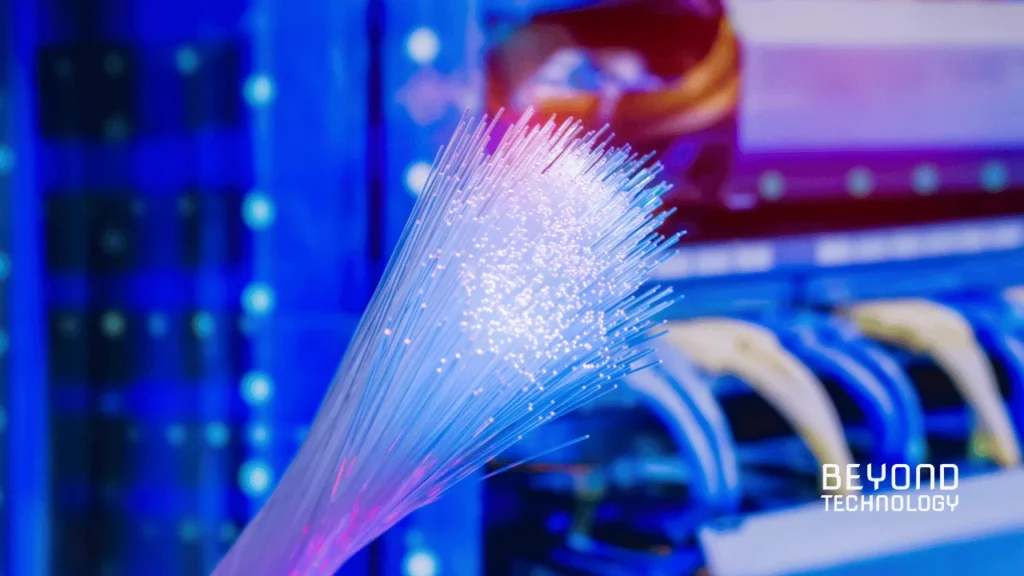Optical networks, which provide unparalleled speeds and more dependable connections, have completely changed the way we send data. The foundation in this case is fiber optics, which enables massive data transfer through incredibly thin glass or plastic strands. But not every fiber optic cable is created equal. There are several varieties, and each has qualities that lend them more favorably to particular situations and uses.

Single-mode optical fiber
Single-mode fiber is one of the primary varieties of fiber optic cables. Applications where data must be transferred over great distances without sacrificing signal quality frequently employ this kind of cable. Because of its architecture, light can pass through a single mode or path, reducing distortions and improving data transmission efficiency. Single-mode fiber optical networks are perfect for large-scale connections like long-distance lines or backbone networks.
Multimode optical fiber
Multimode fiber is an additional choice in the realm of optical networks. With this kind of cable, light can move through several modes or pathways all inside the same cable. In situations where there is a short distance between devices, multimode fiber is very effective, despite having a lower transmission capacity over longer distances than single-mode fiber. Additionally, its installation is often less expensive, making it an ideal option for local networks and data centers.
Special Fibers
In addition to these two primary varieties, specialty fibers are made to fulfill certain requirements in optical networks. Low-dispersion fibers, for instance, are designed to minimize signal loss at specific frequencies, and industrial settings require fibers that can endure tough circumstances like high temperatures or electromagnetic interference.
Selecting the appropriate fiber optical-fiber type requires careful consideration of the network’s unique requirements, transmission distance, and financial constraints. Variations in fiber types have a direct impact on the cost and efficiency of putting optical networks into place. Depending on the situation, each choice has definite benefits, therefore fiber optics will always be the foundation of contemporary networking.
Use the most advanced fiber optic technology to increase the speed and efficiency of your company. Elevate your communications by optimizing your optical networks. Get in touch with us right now to put in place a customized solution for your business and guarantee a quick, secure connection. Give your infrastructure what it deserves: an advantage!
